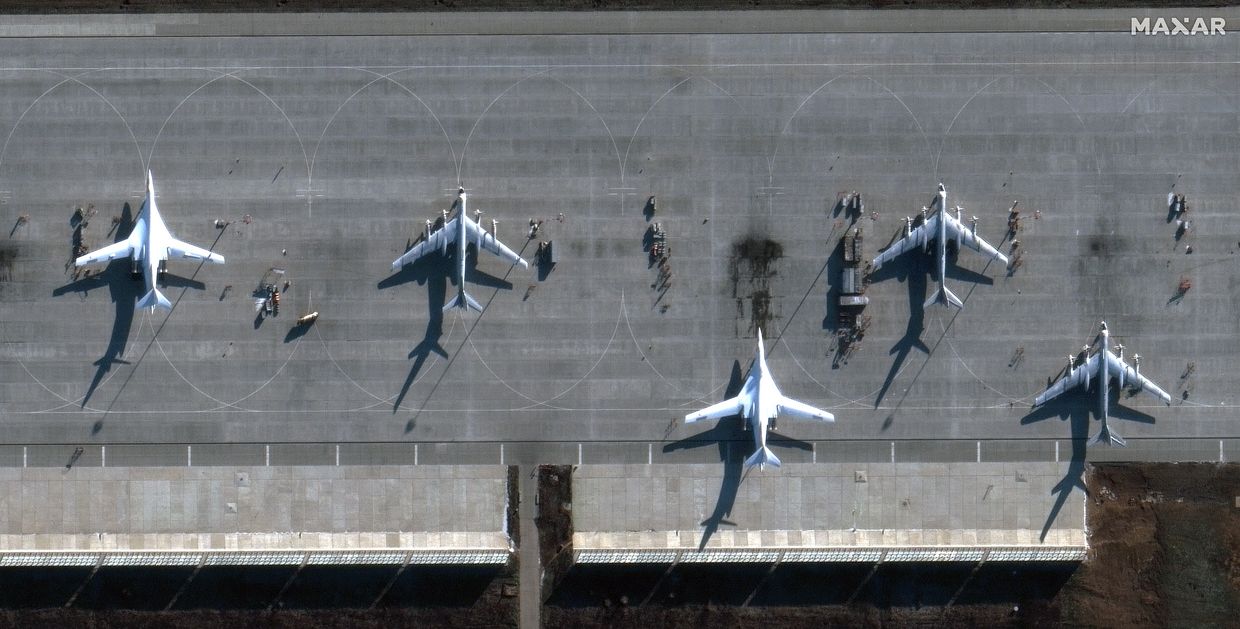UK Defense Ministry: Russia likely faces issues in Kh-101 missile production due to sanctions

Russia may face difficulties producing the Kh-101 (AS-23a KODIAK) long-range cruise missile partially as a result of international sanctions, according to the U.K. Defense Ministry's intelligence assessment from April 9.
Russian forces have recently started a new campaign against Ukraine's energy infrastructure, mainly using Kh-101, Kh-555, and Kh-59 cruise missiles, as well as ballistic missiles of various types and Shahed-type drones.
The Kh-101 is one of "Russia's premier missiles" that can travel around 4,000 kilometers (roughly 2,500 miles), according to the report.
Open-source photographs from March 31 showed debris from the missile, which fell in the field in Russia's Saratov Oblast.
Initially, fragments of the missile were considered to be remnants of a Ukrainian uncrewed aerial vehicle, but closer inspection indicated that these were likely parts of the Kh-101 missile, the ministry said.
"It is highly likely that the debris was a result of the malfunction of the KODIAK missile that was launched towards Ukraine earlier that morning," the U.K. Defense Ministry said, adding that Saratov Oblast, where the Engels Airfield is located, is a known launch box for Russian Long-Range Aviation bomber strikes.
According to the report, the missile malfunction could be a sign of Russia facing issues in Kh-101 production, likely compounded by sanctions.
Previously, Kyrylo Budanov, the chief of Ukraine's military intelligence, said that Russian forces could start to use Kalibr cruise missiles again "soon" as the stock of the Kh-101 missiles has decreased.
Despite the signs of potential issues in missile production, Russia continues to intensify attacks on Ukraine.
In March, Russian strikes damaged or completely destroyed 80% of the thermal generating capacity of Ukraine's largest private energy company, DTEK, the company's Executive Director Dmytro Sakharuk said.














